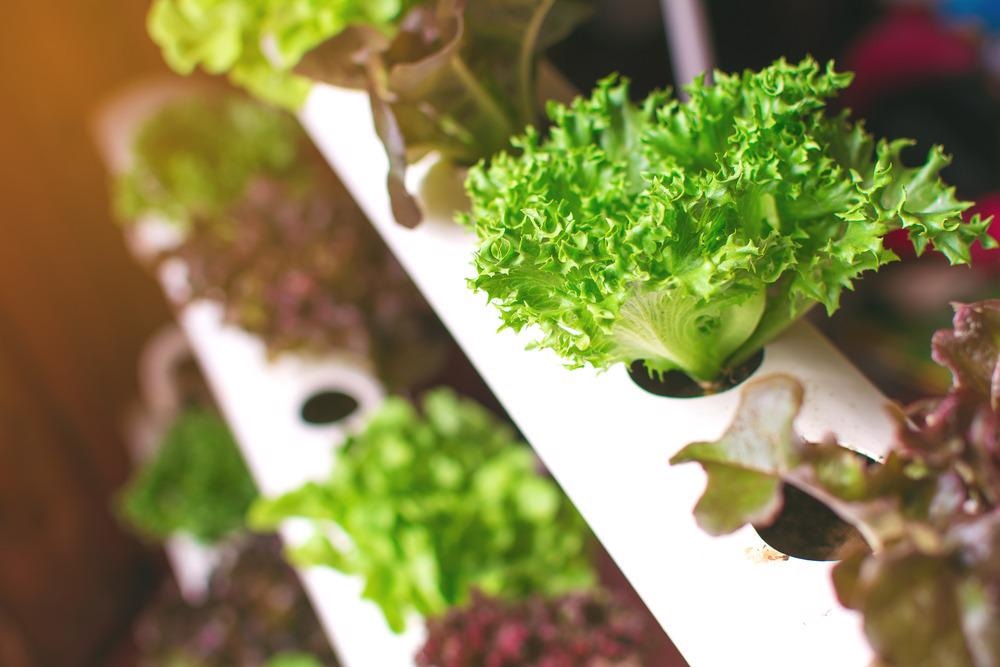AZoBuild talks to Carlo Ratti, of Carlo Ratti Associati, about the firm's ambitious plans to build the hydroponic Jian Mu Tower in Shenzhen.
What is your background and how did it lead you to building design and innovation?
I started by studying civil engineering at Politecnico di Torino and Ecole des Ponts in Paris. As my classmates were busy entering the job market after graduation, I decided to further my studies in architecture and computer science at the University of Cambridge, and subsequently at MIT with a Fulbright Scholarship. Convoluted as it might have seemed at first sight, it allowed me to follow my passion – and helped me connect the dots in the end.
Could you tell us about your business, Carlo Ratti Associati (CRA)?
CRA is a design and innovation studio based in Turin, New York, and London. We like a famous adagio from the Bauhaus era – “design should encompass everything from the spoon to the city” – which could be translated today into “from the microchip to the planet”. To approach different scales of intervention, our team is composed of three divisions: Think, Design and Make.
There is a common thread among all three divisions, which is to forge an urban environment that better suits human beings, blending the natural and the artificial worlds.
Biophilic design refers to the concept of incorporating nature into architectural planning. How important is biophilic building design to CRA?
According to my Harvard colleague E. O. Wilson, biophilia is what makes us yearn for green spaces in an urban environment. Through this concept, we arrived at the direction to bridge the natural and artificial worlds, which is the bread and butter of our work. This takes place through two channels.
First, sensors, artificial intelligence, and the Internet of Things can make buildings “come alive”, i.e. more responsive to human needs. Other than that, natural elements themselves can be weaved into architectural designs or serve as construction materials. Both channels have been extensively explored in our studio’s projects.
CRA has worked to design the Jian Mu Tower in Shenzhen, China. Could you please tell us how the tower received its name and how this is reflected in its structure?
“Jian Mu” refers to a sacred tree in ancient Chinese folklore which connects heaven and earth. Jian Mu Tower has a similar aspiration, and it further references traditional Chinese belief that heaven is round and the earth is square – the building has a rectangular base and gradually takes on a tubular form on the higher levels.
In what ways will the Jian Mu Tower incorporate ‘urban agriculture’ inside its walls?
WUMART JIAN MU TOWER in Shenzhen: world's first Farmscraper by CRA-Carlo Ratti Associati (promo)
Video Credit: Lapis Bureau/Youtube.com
We developed the vertical farm with a company called ZERO which specializes in innovative agricultural solutions. It applies the traditional system of robotic hydroponic farms to a vertical façade, where robotic pods move autonomously to place harvest trays with vegetables. There will also be a virtual agronomist which runs on artificial intelligence. It controls irrigation and assesses the health of the plants. Working together, these devices create a farming unit with high efficiency.
Could you please explain how hydroponic farming functions and self-sustains? How much food will the vertical hydroponic farm be able to sustainably produce each year?
Hydroponic farming cultivates plants without soil. Instead, they absorb minerals and other necessary nutrients through liquid solutions. As mentioned, this task will be conducted automatically by robots at Jian Mu Tower.
The vertical farm is expected to produce 270,000 kilograms of crops every year, which is enough to feed 40,000 people.
What are the biggest difficulties or risks associated with the design and implementation of vertical farming?
Incorporating vegetation into skyscrapers is something we have had prior experience on, most notably through the soon-to-be-complete CapitaSpring in Singapore, which we co-designed with BIG. However, farming requires more precise environmental control.

Image Credit: CC7/Shutterstock.com
Among the more complicated elements in implementing the vertical farm, we had to build a large-scale system which could accommodate the constantly changing temperature, sunlight intake and other climatic conditions. However, we found a solution that allows human beings and plants to live comfortably side by side in the end, which produced a result that we are very happy about!
Are there other design features in the tower that incorporate the natural world?
Beyond the facade, natural elements can also be found through a series of landscape terraces, which cultivate water lily, fern, lychee and other plants through a sustainable irrigation system. The natural world also extends into the interior space. The double-height inner gardens give office workers a place to relax and socialize.
Which features of the design are you most excited to see brought to life?
I am most excited about the prospect of substantial urban agriculture. Urban farms are not new to cities such as Paris, New York and Singapore, but they always run on a small scale. We want to take advantage of the large vertical facades to scale up food production, which would really benefit cities – the biggest consumers of food produce.
About Carlo Ratti
 Carlo Ratti is an Italian architect, engineer, inventor, educator, and activist. He is a professor at the Massachusetts Institute of Technology where he directs the MIT Senseable City Lab, a research group that explores how new technologies are changing the way we understand, design and ultimately live in cities.
Carlo Ratti is an Italian architect, engineer, inventor, educator, and activist. He is a professor at the Massachusetts Institute of Technology where he directs the MIT Senseable City Lab, a research group that explores how new technologies are changing the way we understand, design and ultimately live in cities.
Disclaimer: The views expressed here are those of the interviewee and do not necessarily represent the views of AZoM.com Limited (T/A) AZoNetwork, the owner and operator of this website. This disclaimer forms part of the Terms and Conditions of use of this website.